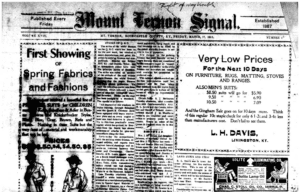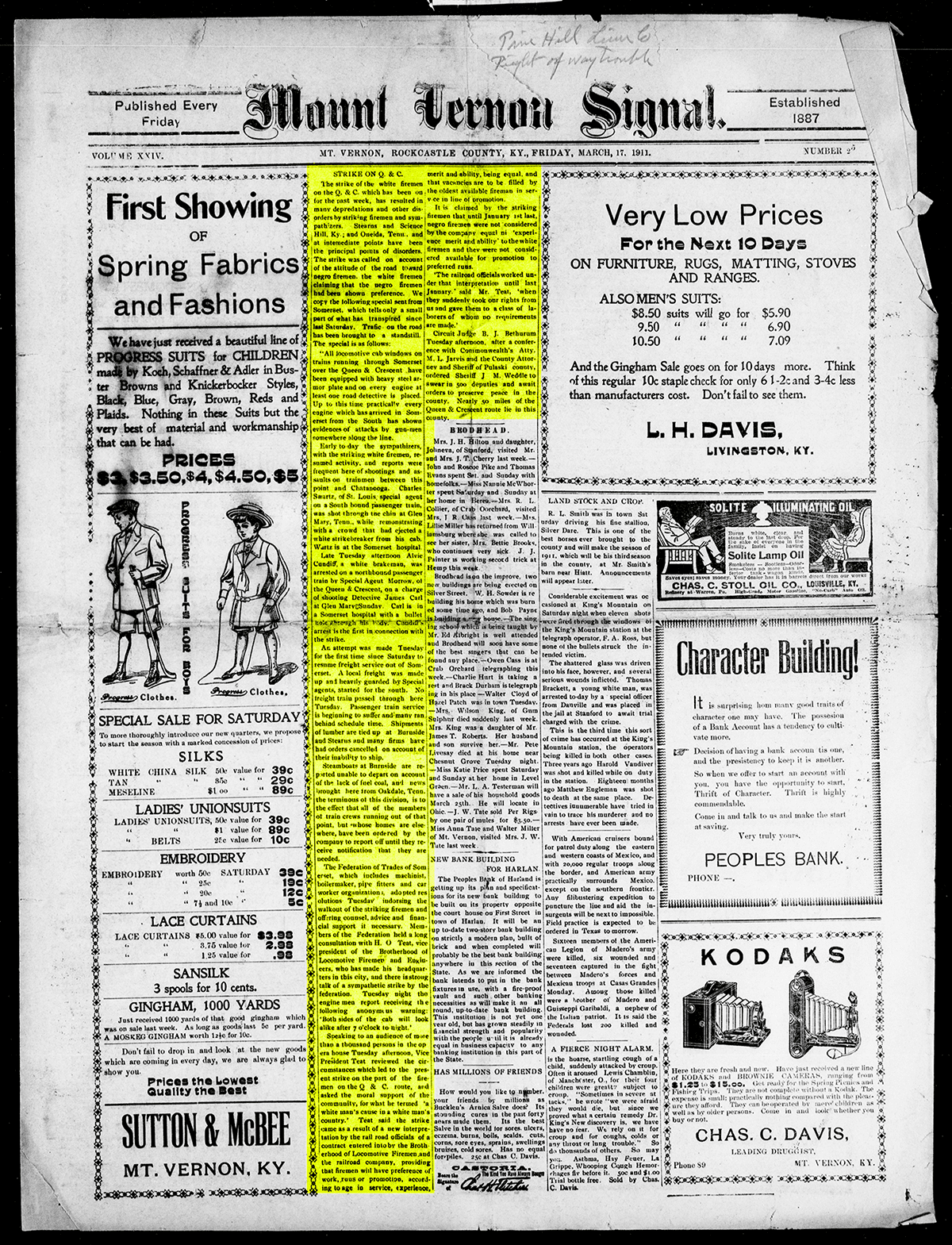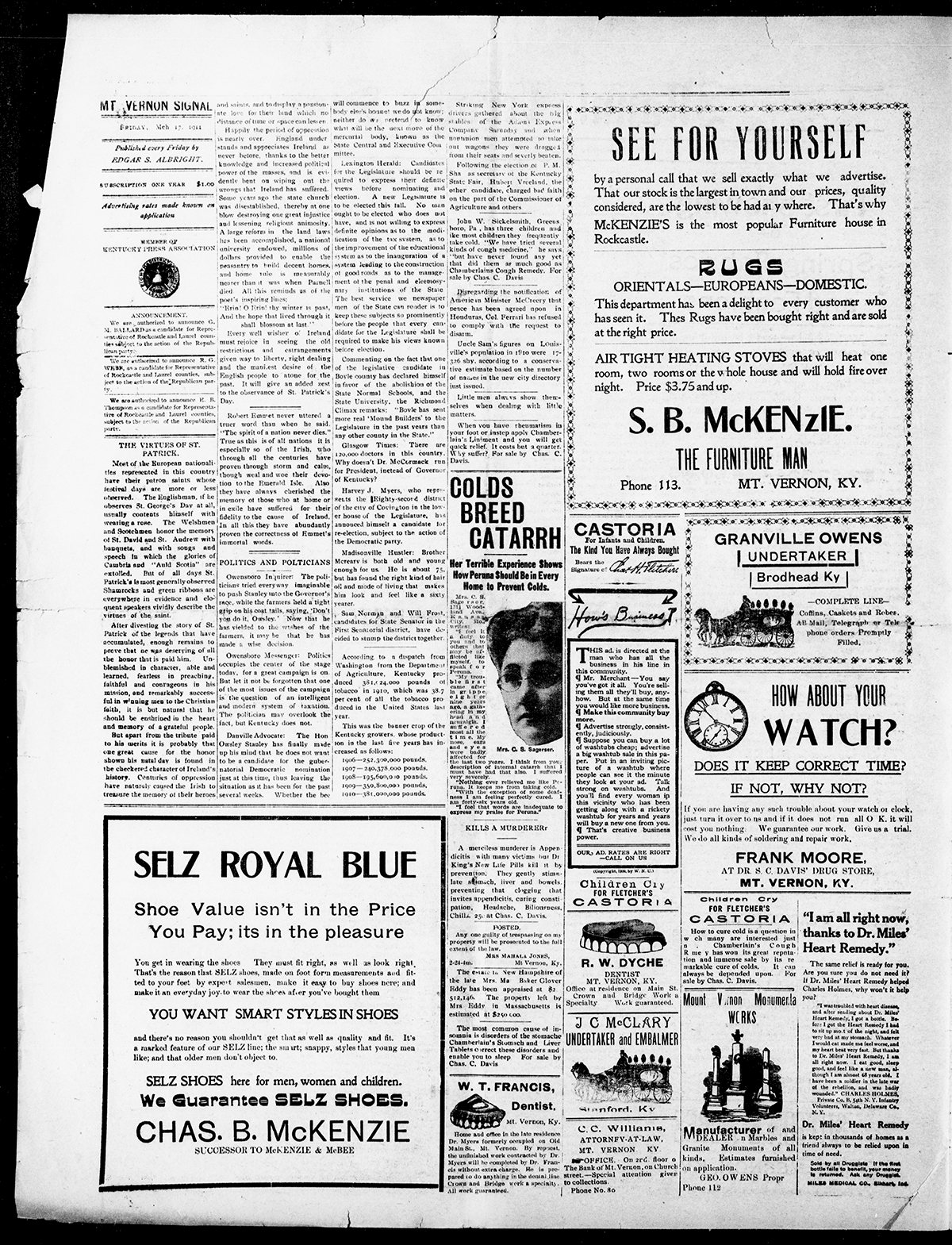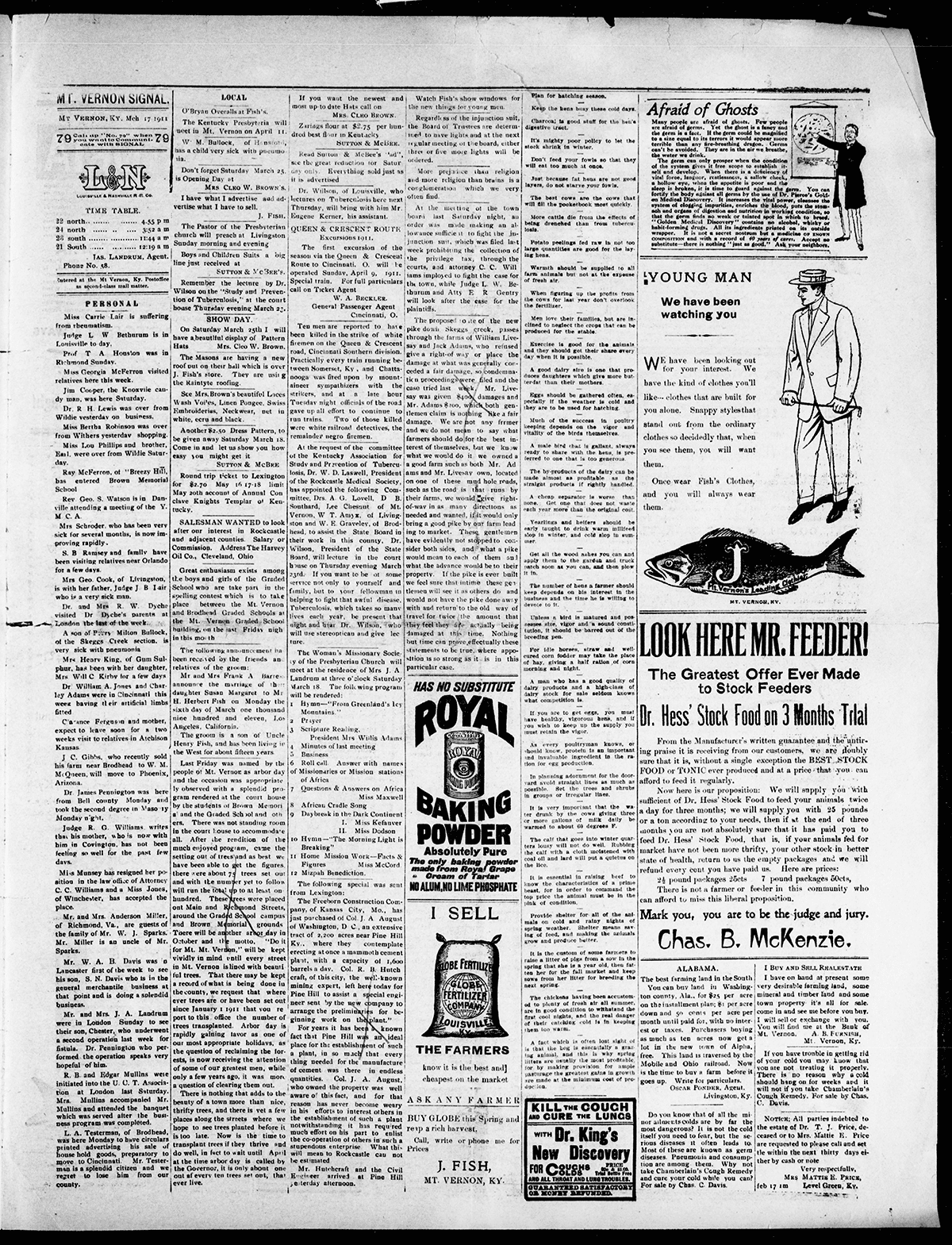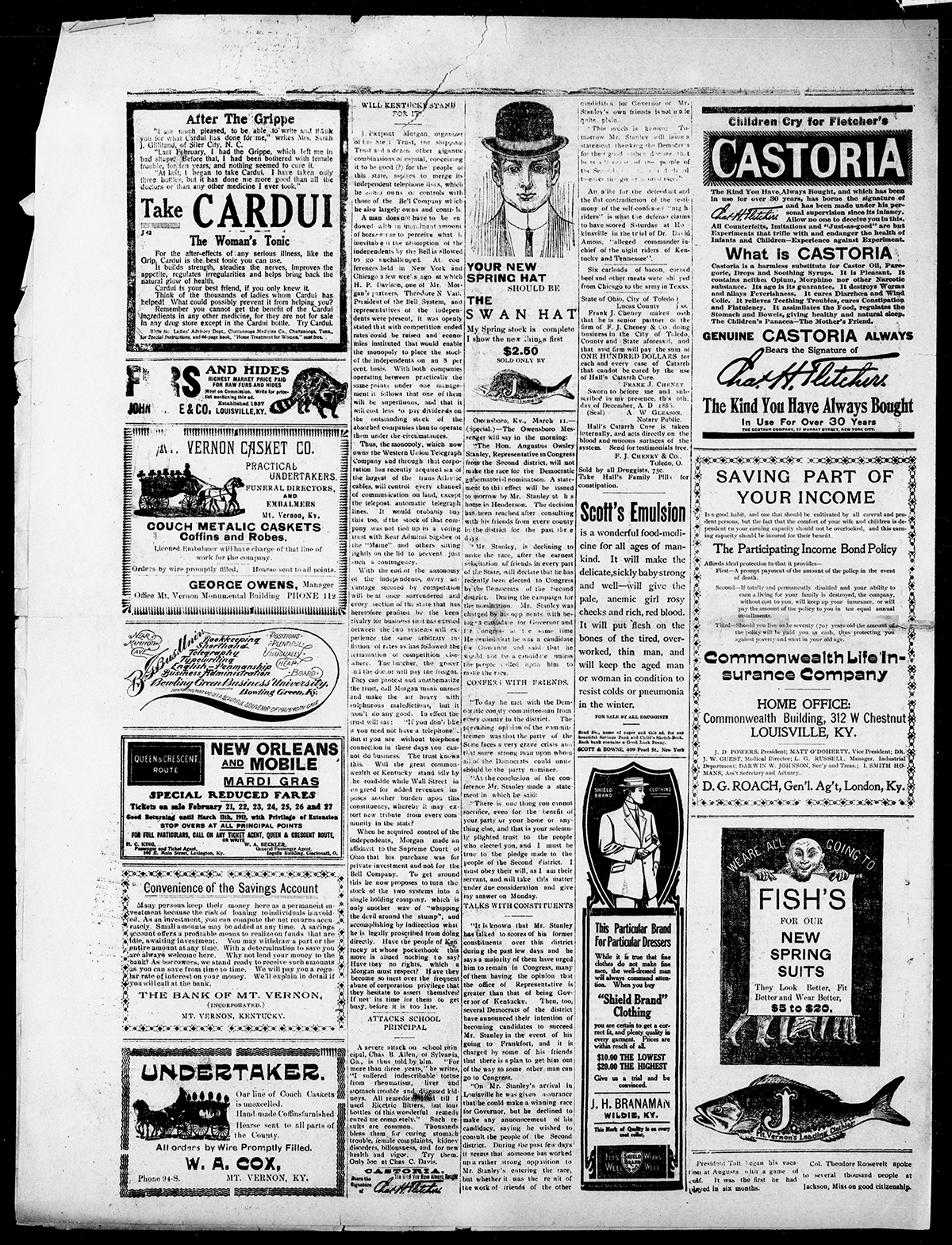On March of 1911, a riot occurred in Somerset, Kentucky, when Negro strikebreakers were hired to replace the striking white railroad firemen. Railroad service between Somerset, Ky. and Chattanooga, Tn. came to a stand still. Days later, negotiations between the white firemen and the Cincinnati, New Orleans and Texas Pacific Railroad had allowed the lines to open somewhat, but the embargo continued on the Cincinnati line between Oakdale, Tn. and Somerset. According to the railroad company, it was reported in the New York Times that an agreement was made in July of 1910 between the railroads and the white firemen; one of the three lines between Nashville and Oakland would employ only Negro firemen who would not be promoted to engineers.
On March 9, 1911, white firemen on the various lines went on strike after the railroad company refused to honor their demand for all Negro firemen to be fired within 90 days. When the white firemen went on strike, the railroad company brought in Negro strikebreakers. It was reports in the Mount Vernon Signal that eight Negro firemen were killed on the Queen & Crescent line, which was a division of the Cincinnati Southern Railroad.
Sympathizers of the white firemen had held up three freight trains of the Queen & Crescent Railroad in King’s Mountain, Ky. Two deputy sheriffs were shot and killed while guarding the Cincinnati, New Orleans and Texas Pacific coal chutes in Stearns, Ky. After locomotive cab windows were shot out of the trains passing through Somerset, Ky., the railroad company covered the windows with steel plates. A Pulaski County circuit judge ordered that 500 deputies be sworn in to help bring a halt to the attacks.
For more see “American railway strike riot,” The Financial Times, 03/14/1911, p. 8; “Railroad strike still on, New York Times, 03/19/1911, p. 16; “Two deputies slain in railroad strike,” New York Times, 03/14/1911; “Call 500 deputies for strike duty,” The Free Lance, 03/18/1911, p. 4; and “Ten men are reported to have been killed…,” Mount Vernon Signal, 03/17,1911, p. 3.


